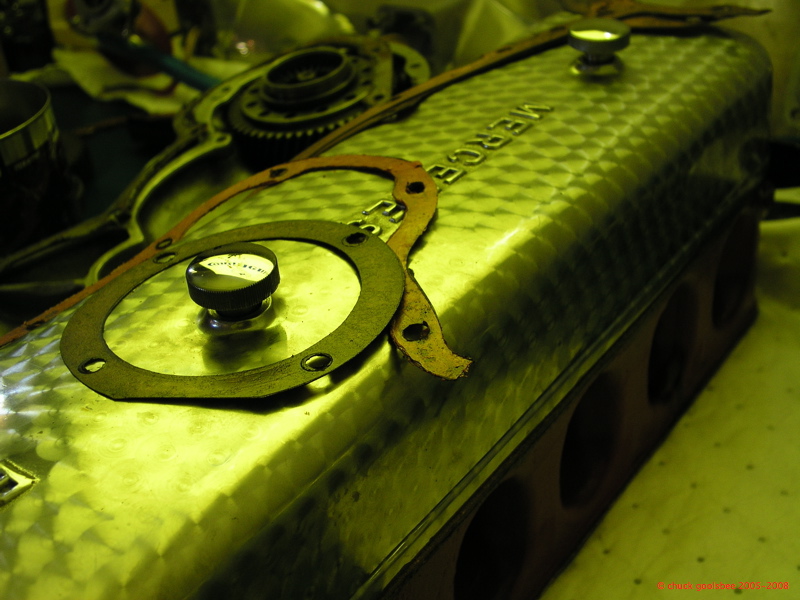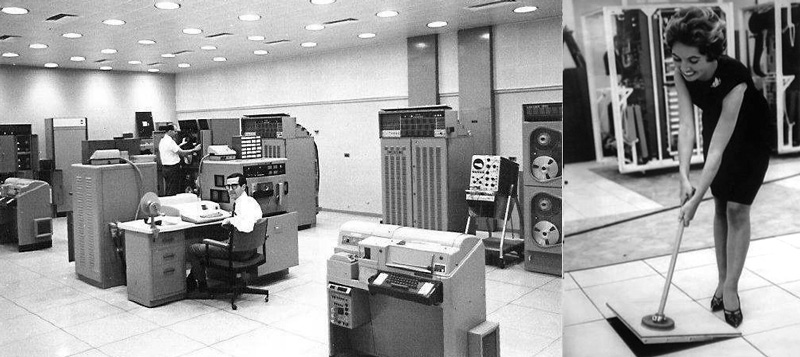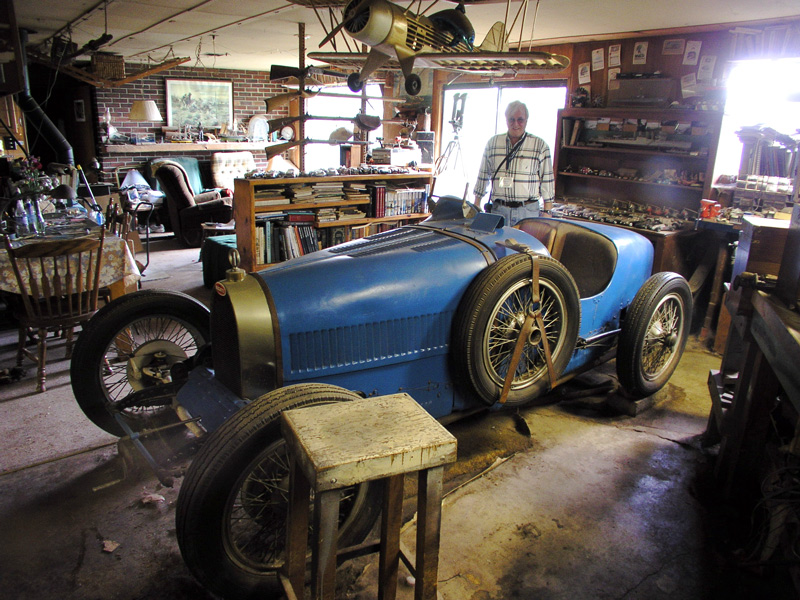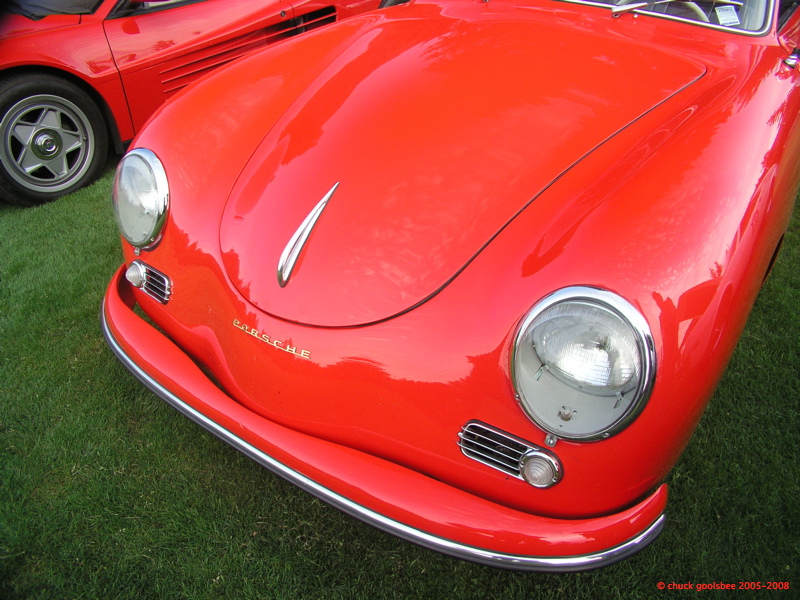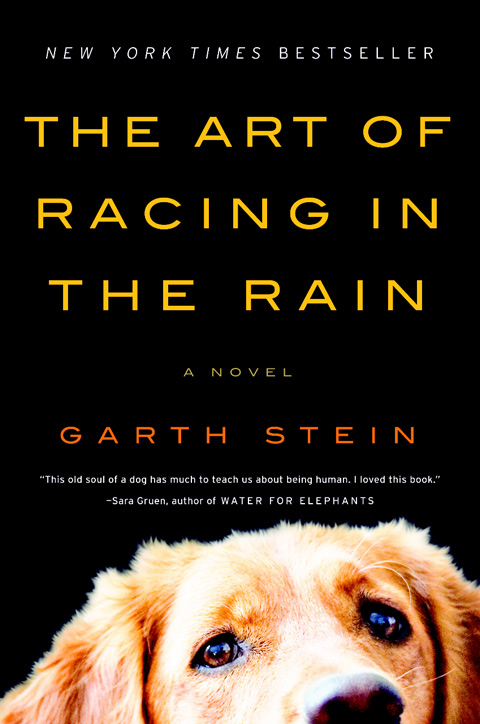
Facebook announced this week that they are building a datacenter in Prineville, Oregon.
Other than being the place of my wife’s birth, and the home of Les Schwab Tire Centers, why on earth would they choose to locate a high-tech industrial facility in Prineville, a tiny town in eastern Oregon far from any major metropolitan area? The reasons are simple, and boil down to two things: Cost of Electricity, and Climate.
Have a look at the map above. This represents the average cost of power to an industrial user on a per-state basis. I’ve said it many times, but it bears repeating: A datacenter is essentially a facility that transforms electricity into bits. Power goes in, bits come out. The by-product of this bit manufacturing process is heat. So power costs, and the ability to keep the facility cool are the two critical components of datacenter site selection. Those white states running through the map represent the lowest power costs.
While the cost to build a datacenter is staggering (~$2000 per square foot) the cost to operate it over time is daunting. Datacenters use a lot of electricity. Not just for powering the servers, but also to keep the environmental conditions correct for those servers. Computers don’t react well to dramatic changes in temperature and humidity, so a stable environment is critical. It takes as much, and often more power to maintain the datacenter environmental conditions as it does to power the servers. Locating the datacenter in a place with a naturally cool climate is a huge advantage due to the concept of “free cooling”… that is using naturally cool outside air to maintain the inside temps. We do this at digital.forest’s datacenter in Seattle. Outside air is used the majority of the time, year round. Only in daytimes during the summer do the mechanical cooling systems have to kick in and take over. You can’t do this in Houston, or even in most of California. So look at those white states and think about which ones have the reliably coolest climates.
Washington & Oregon.
Washington state has an advantage over Oregon in that power is less expensive here. Visionary companies started building datacenters near the large hydroelectric dams along the Columbia River about seven years ago. Microsoft and Yahoo near Quincy, VMware and T-mobile near Wenatchee. More were planned until our Attorney General, Rob McKenna declared that datacenters were not classified as “Manufacturing Facilities” and therefore not eligible for sales tax breaks on capital purchases tied to their construction. Given that it costs tens to hundreds of millions of dollars to build a datacenter, this action tipped the scales into Oregon’s favor. Even though the long term operating costs in Oregon may be slightly higher, the cost to build a facility is much, much lower as Oregon has no sales tax. This is likely why Facebook chose Oregon.
Construction will last for quite a while and inject $188 million dollars into the Oregon economy. Once in operation the facility will bring about 35 well-paying jobs (Facebook says 150% of the region’s prevailing wage) to the town of Prineville. For rural areas this can only be a good thing. So congrats to Facebook and Prineville, and let’s hope it is a long a fruitful relationship.
Datacenters are a growth industry of the future and will be a wonderful economic boost for rural communities east of the Cascades where traditional industries such as timber have all but vanished. I hope our politicians in Olympia have noted this and can get datacenter construction rolling again here in Washington.
